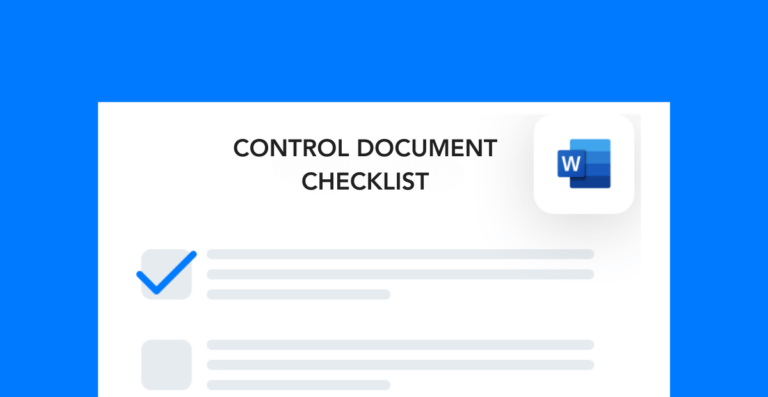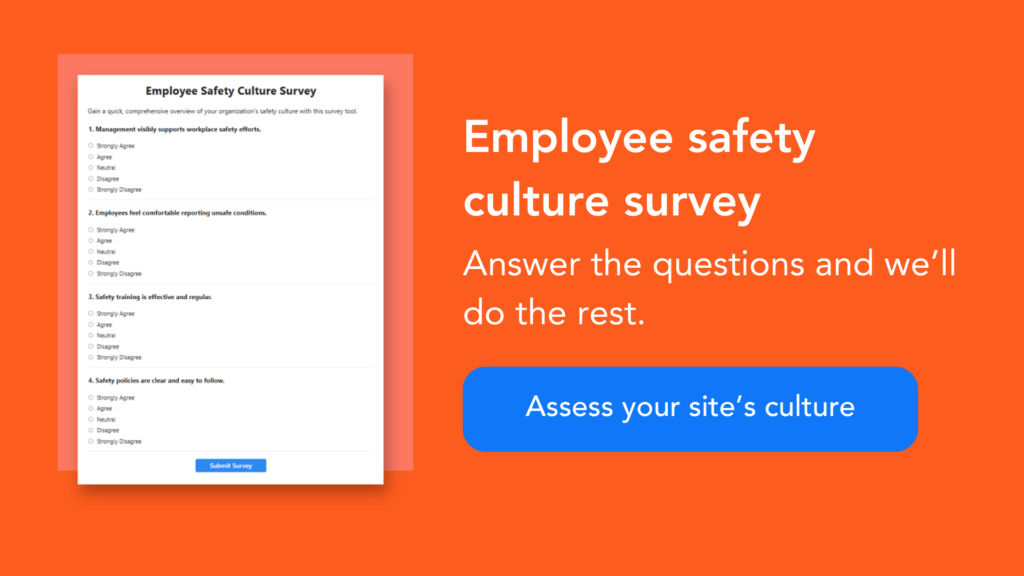EHS program tips for the cannabis industry
With the increasing legalization of cannabis in the US, there will be more diverse groups of cannabis businesses entering the market that support a large section of the workforce and provide cannabis products to consumers.
You must comply with state and OSHA regulations. One thing that can help eliminate noncompliance of regulatory requirements is maintaining a strong EHS program. Below are my top five EHS tips for compliance in the cannabis industry.
Ensure documentation of all processes
By ensuring that documentation is available and incorporated into standard operating procedures (SOPs), it is easier to identify safety related issues. Documentation of changes in the supply chain or a work process make it easier to identify issues before they become a costly problem.
For example, if a cannabis cultivator changes a fertilizer and then finds a contaminant during testing, the documentation of the change in fertilizer would point to this source. That would then make it easier to find and correct the root cause.
Having clear protocols and expectations in place can help prevent and correct a lapse in compliance. Documentation is a regularly required component for a variety of state and OSHA regulations.
Provide safety training
Perhaps one of the more obvious cannabis industry EHS tips is to develop a strong training program. Employees need to be trained on how to do their job duties safely and be provided with all of the safety related information prior to starting their first assignment. By documenting the training, you will be prepared to show the training you have provided in the case of an inspection.
Documenting your hazard communication and fire prevention plans is a requirement. Industry best practice dictates that you review these plans and provide employees refresher training each year.
These plans provide employees with the knowledge of how to identify chemical and fire hazards, read chemical labels and safety data sheets, and how to mitigate and respond to these hazards during their daily work routine.
Other required training may be on the use of respirator for workers who trim cannabis flower or spray chemicals. Additionally, employee training is required if there are changes to a work process or the introduction of a new chemical into the facility. Incorporating the right safety training into your operation will automatically strengthen your EHS program.
Conduct self inspections and audits
Regular internal inspections and audits can provide a comprehensive overview of the organization’s weaknesses. This includes all areas of the business (work area safety, inventory, supply chain, training, finance, security, etc.).
The inspection / audit results will provide insight into where the company needs to improve SOPs, security, and hazard mitigation. The inspection and audit program provides an opportunity to ensure traceability and accountability, add value through team training, and address situations before they become a problem.
In particular, safety inspections and audits are an important component to the EHS program to maintain a safe operation and be compliant with safety and health regulations.
Be ready for OSHA inspections
OSHA has jurisdiction over any company with more than 10 employees. One important OSHA requirement for employers is the maintenance of accurate and complete records for work-related injuries and illnesses. OSHA compliance and worker safety is a big deal so it is important to have a devoted EHS manager with expertise in this area.
Some of the biggest hazards are slips, trips, and falls caused by wet or uneven surfaces and by unsecured ladders. General good housekeeping in the work area is also important: make sure cables / hoses are not in walkways, there is clear access to exits and electrical panels, and spills are cleaned up immediately.
Being OSHA ready ties into the self inspection and audit program. By conducting regular safety inspections and audits with key OSHA compliance metrics, you can ensure compliance.
Convert your regulatory compliance paperwork to digital
Switching to digital file management may be painful at first, but its benefits outweigh its downsides. Electronic storage of business documents ensures traceability in the event of a disaster such as a fire, flood, or other potential hazards. Digital files can ease the burden of accountability and compliance, and reduce costs.
Document preparation can take up valuable resources, lower productivity, and increase stress. Take the digitization one step further by consolidating all of your compliance and task management into one readily accessible place.
This allows employees to access training, procedures, and activities quickly while also tracking their progress within the EHS program. By consolidating processes and records, you can more easily access and find information.
If every business in the cannabis industry followed these EHS tips, perhaps it could push the federal government to seriously consider country-wide legalization.




